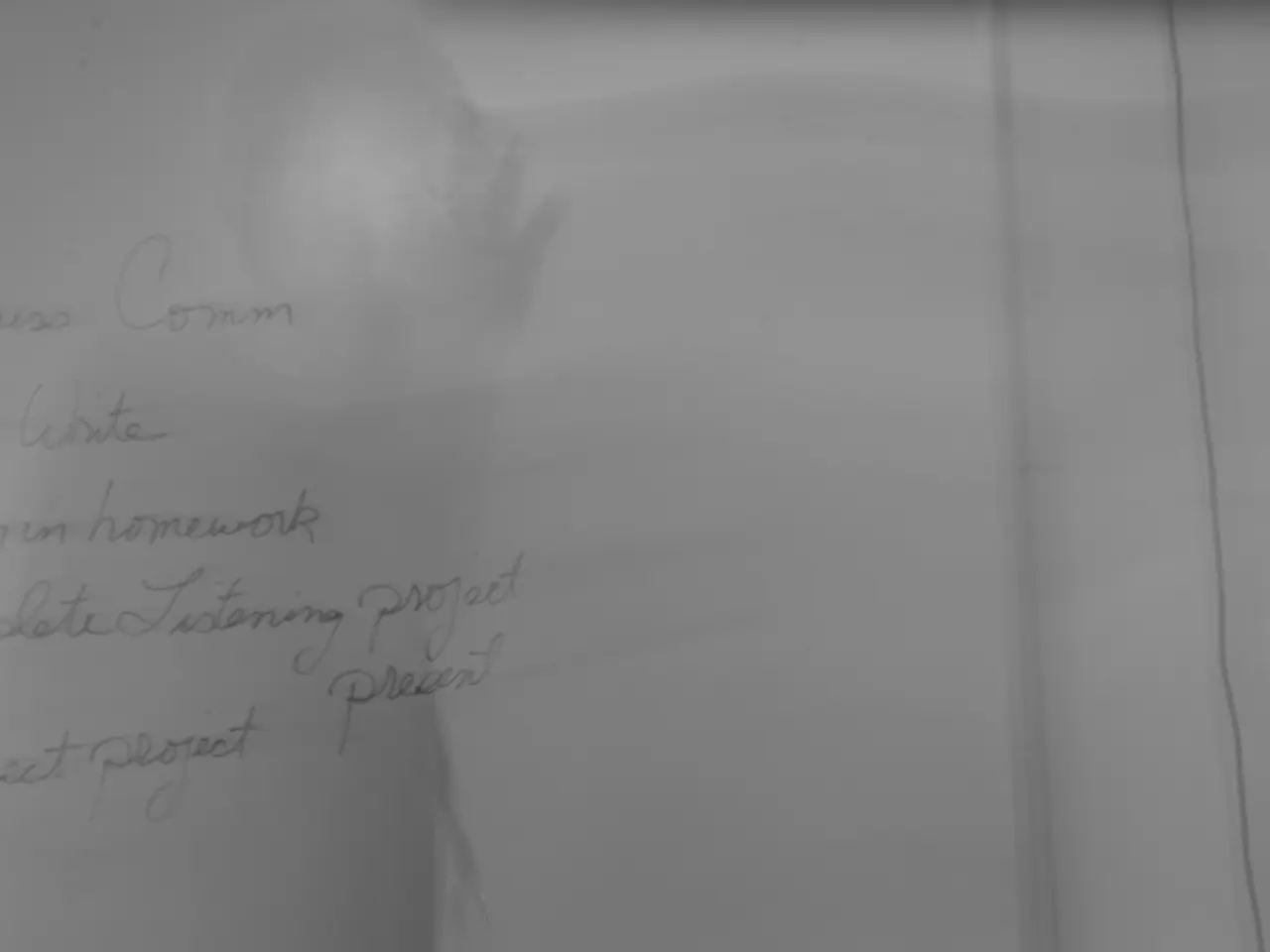Unstable business environment for small companies in August. Here are four strategies to navigate it effectively
The small business landscape in the United States is currently experiencing a volatile but cautiously optimistic atmosphere, as a multitude of economic factors come into play.
Tax Cuts Boost Optimism and Capital Expenditures
The permanence of a 20% small business tax deduction, as a result of the "Big Beautiful Bill," has brought about a significant surge in optimism and capital expenditures among small business owners. Many are investing in equipment, vehicles, and facilities, with the expectation of creating millions of new jobs over the next decade and adding tens of billions annually to the economy.
Federal Reserve Rate and Loan Costs
Despite the positive economic indicators, the Federal Reserve rate remains relatively high at 4.25–4.5%, keeping loan costs elevated and limiting business expansion. Small businesses are expressing frustration with high interest rates and fees on bank credit products, which in turn impacts borrowing and financial flexibility. SBA loan interest rates reflect this, ranging approximately from 10.5% to 15.5% depending on variable or fixed rates.
GDP Recovery and Inflation Stabilization
The national economy is on the mend, with the GDP projected at a healthy 2.5% growth rate in 2025, improving from earlier quarter negatives. Inflation is also stabilizing near the Fed target at about 2.7%, with its impact as a top concern diminishing among small business owners.
Hiring Challenges and SBA-Approved Loans
Hiring remains a challenge, with new jobs added falling short of projections. This is partly due to crackdowns on immigrant labor and labor quality concerns becoming a dominant worry for businesses. SBA loan approvals are increasing, offering some financial relief to small businesses despite higher interest rates. However, access to affordable credit remains a challenge for many.
Business Confidence Fluctuates
Overall, business confidence fluctuates amid these dynamics. The employment situation remains steady but cautious, and businesses face headwinds from high borrowing costs and uncertainty over tariffs and labor availability. Despite these challenges, tax reforms and GDP recovery provide underlying support for growth and investment, making the business outlook "fair" but volatile this August.
Exercise Caution in Uncertain Markets
Amidst labor shortages and uncertain markets, businesses should exercise caution around any growth initiatives. Financial advisors and business mentors can provide crucial counsel during these uncertain times, helping small businesses navigate the complexities of the current economic climate.
References
- National Federation of Independent Business (NFIB). (2025). Small Business Economic Trends. Retrieved from https://www.nfib.com/content/economic-research/small-business-economic-trends
- Small Business Administration (SBA). (2025). SBA Loan Programs. Retrieved from https://www.sba.gov/loans
- Congressional Budget Office (CBO). (2025). Estimated Impact of the "Big Beautiful Bill" on Small Businesses. Retrieved from https://www.cbo.gov/publication/57166
- Federal Reserve. (2025). Federal Funds Rate. Retrieved from https://www.federalreserve.gov/monetarypolicy/openmarket.htm
The surge in optimism and capital expenditures among small business owners can be attributed to the permanence of a 20% small business tax deduction, as a result of the "Big Beautiful Bill". On the other hand, the high Federal Reserve rate and elevated loan costs are causing frustration for small businesses, as SBA loan interest rates range from 10.5% to 15.5%.




